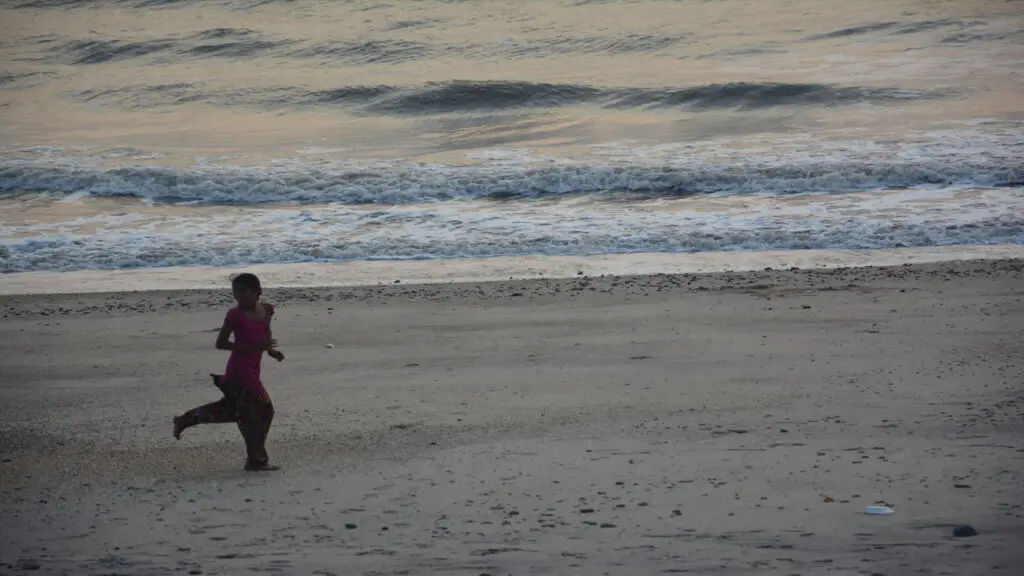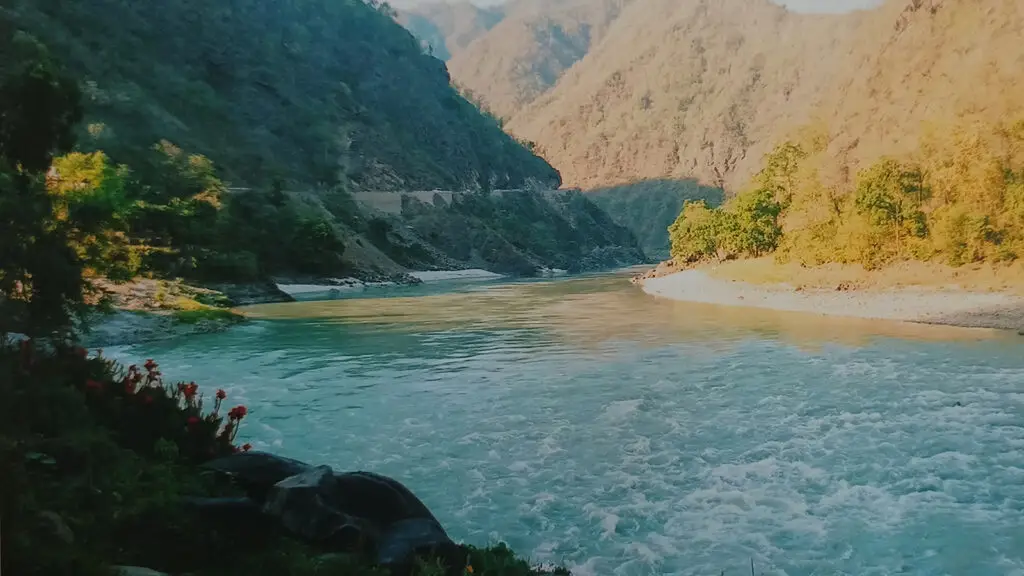I am a proud Marathi, born and raised in this land of history, opportunity, abundance, and progressive thought. Like many Indians who have adopted new lands for generations and still wear their native identity on their sleeves, I take pride in my Marwari heritage too, where my gods and goddesses reside and where my roots lie. I often visit Marwar to pray to my deities. These visits are frequent and usually revolve around Jodhpur. Despite having visited Jodhpur more than 15 times over the past 25 years, I had never been to Pushkar, which is so close to Jodhpur.
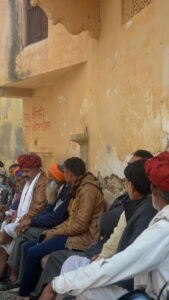 The Call of Pushkar
The Call of Pushkar
With many images seen in various media of its vibrant bazaars, serene ghats, and famed camel fair, Pushkar evokes a strong desire to visit. It is said that even if you visit the four dhams of Badrinath, Rameshwaram, Dwarka, and Jagannath Puri, your journey remains incomplete without a visit to Pushkar.
In February this year, I finally visited the twin places of spirituality: Ajmer and Pushkar. Separated by a mountain within the Aravali ranges, these places contrast in scale, religious identity, and modes of worship. Both are nestled in a bowl, boasting lakes and important shrines or dargahs.But more on Ajmer later.
Pushkar is one of the few pilgrimage centers in Rajasthan with a pan-India appeal, largely due to the presence of the Brahma temple, the only one of its kind in the subcontinent.
Arrival and Initial Impressions
We reached Pushkar after a short yet exciting journey from Ajmer and felt the mystic spirit in the air. Our accommodation, a little away from the lake, had a vibe usually reserved for foreign tourists in India, and most of the guests were indeed foreigners. 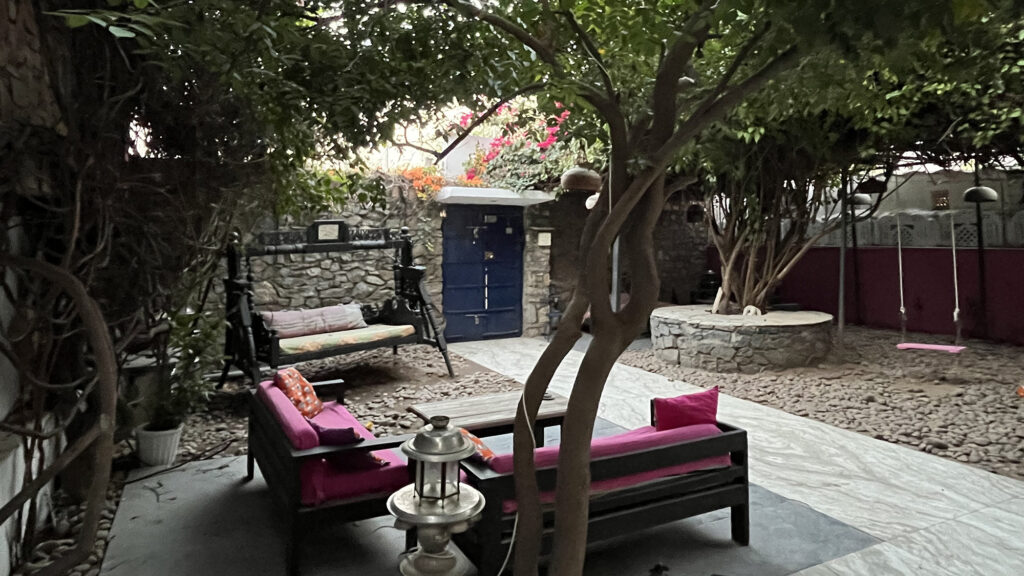
Many pilgrim sites like Rishikesh and Varanasi attract Westerners seeking spiritual quests. However, the foreigners here seemed more like tourists searching for an exotic experience. Before starting, we expected Pushkar to be much like Varanasi, engaging and spiritual, albeit on a smaller scale. Instead, we discovered a place that provided this alongside a contrasting and delightful experience.
Evening Exploration of Exotic Pushkar
We had booked a late morning walk through Guruwalks for the next day but decided to explore the town in the evening as the sun set. The vibrant and colorful market with neon lights led us to Jaipur Ghats, the sunset point of the lake. The ghat was surrounded by uber-cool restaurants on one side and a mesmerizing array of ghats along the lake on the other, with the still waters reflecting a beautiful play of light. The atmosphere was quiet and calm. The markets, restaurants, and lights created a vibrant yet exotic milieu.

Morning Discovery Serene and Pious Ghats
The exploration of the town in the morning with the guide, Manish, turned out to be an entirely different discovery of the place. The lake is the centre of the town, with 52 ghats surrounding its edge. The rustic yet charming town located around this lake offers both the traveller and the faithful equal opportunities to immerse in its labyrinth of lanes and temples. The parikrama path around the lake, now the vibrant market, runs along its circumference and multiple temples dot the settlement.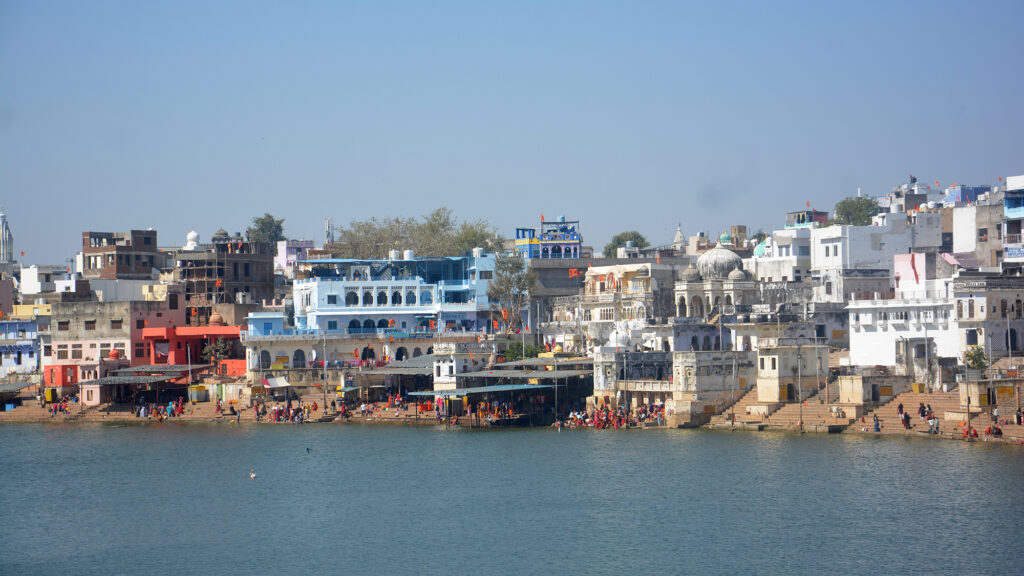
In the morning, the ghats had a serene and pious atmosphere as locals busied themselves with daily prayers and rituals. We could spot multiple groups of women from nearby places taking a holy dip in the water. The ghats are continuous and diverse in their appearance and style. Some take their names from faith and mythology, like Indra Ghat, Varaha Ghat, Gau Ghat, Brahma Ghat, Mahadev Ghat, etc., whereas some ghats are known by the patrons who built them: Jaipur Ghat, Jodhpur Ghat, Gwalior Ghat, and Kota Ghat, etc. The opulence or the simplicity of each ghat complements the overall milieu of the place with the chhatris and small temples along the ghats reflecting beautifully in the waters.
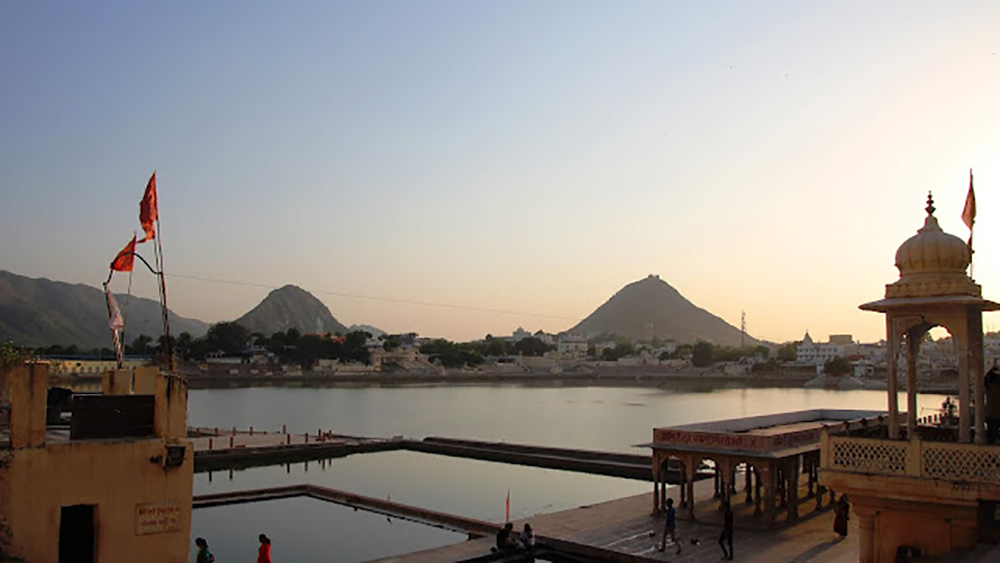
Temples of Pushkar
As we moved from ghats to the town, from one temple to another and from one lane to the next, there were multiple temples to be discovered. Some grand, some mystical, and others quite popular. The Atmateshwar Temple is one of the most visited Shiva temples in the town. With its deity in a cave below ground accessed through a narrow passageway, the temple exudes mystical and spiritual energy. The Varaha Temple, though somewhat neglected, is an ancient temple on a small hill near Varaha ghat with a grand entry. The amazing thing about this temple is it is run entirely by women.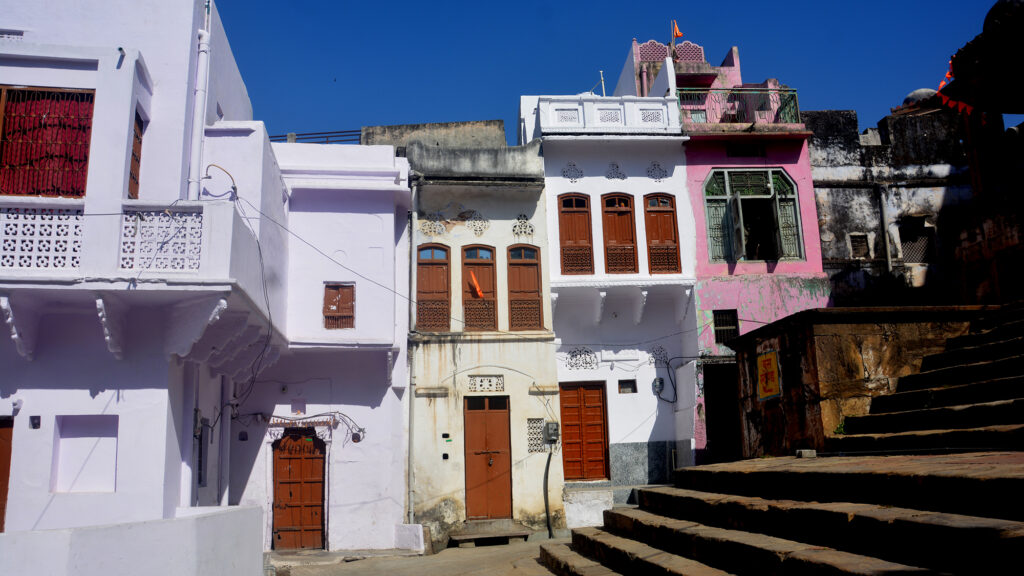
Then, of course, there is the most famous and must-visit temple of Brahma near Brahma Ghat. The guide shared interesting and delightful stories from mythology about the lake, its ghats, and the temple. The way to the temple is through a vibrant market selling local and exotic items. This temple is where the journey is meant to culminate.
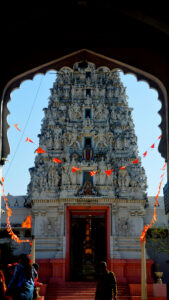
We visited two Vishnu temples, both built in the South Indian style of architecture, with its gopuram and pradakshina path. What was even more interesting were the rituals, similar to the ones you find in the southern part of the subcontinent. Though, it is no surprise, as the patrons of these places come from the southern part of India. Because of these different styles, and diverse places of temples and ghats, the place becomes a cultural reflection of the cosmos itself.
The guide led us to the Sindhia Temple, a small yet significant Shiva temple tucked away from sight. Along with the Prachin Mahadev Temple, which houses 108 shivling, these temples are situated by the ghats, guiding us back to explore the vibrant and diverse ghats once more.
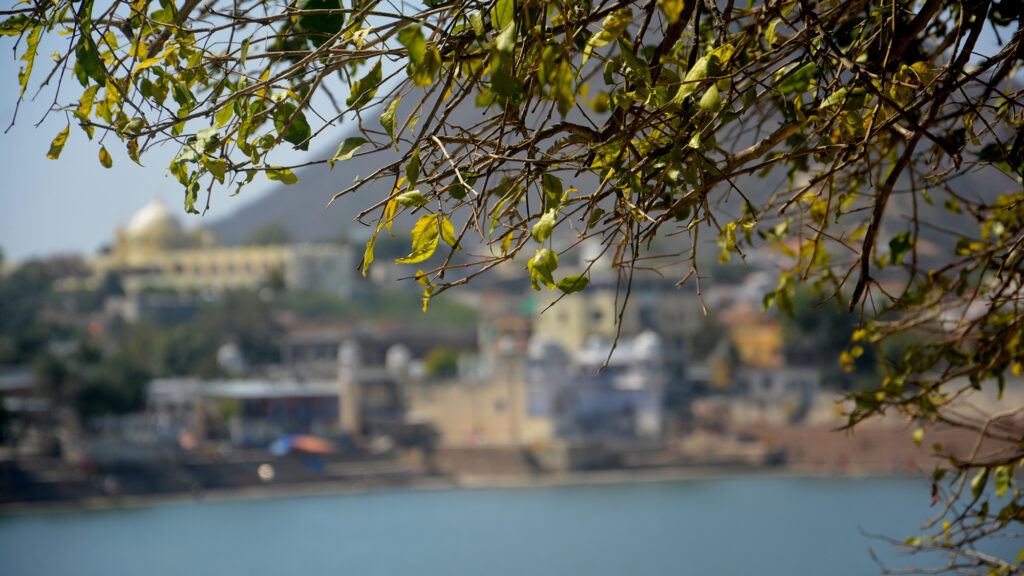
Transition from the Spiritual to the Exotic
As the day progressed, the atmosphere changed. By noon, it was the tourists that the place started catering to. The market offered the latest fashion in clothes alongside the much-famous Rajasthani crafts. Along with the famous local products like rose perfume and gulkand, the market also offered contemporary-style tapestries made by the local industry.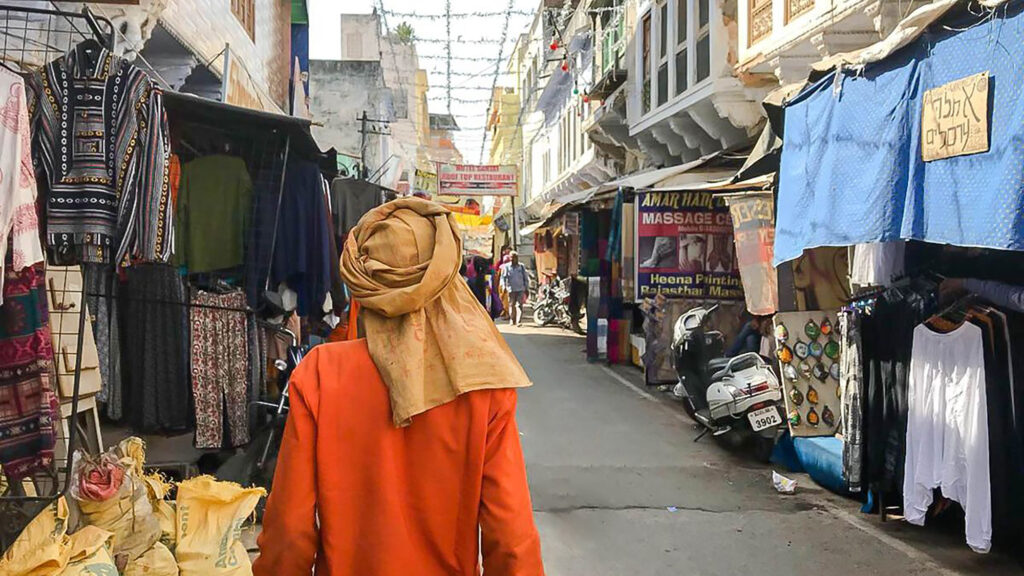
For a gastronome with desi tastes, the market offers a variety of foods, from rabdi malpua and dal-batti to the famous kachoris. However, in the evening, it’s the local Ganga Laffa and Falafel restaurant that attracts the crowd, with people ordering falafel, juice, salad, and more.
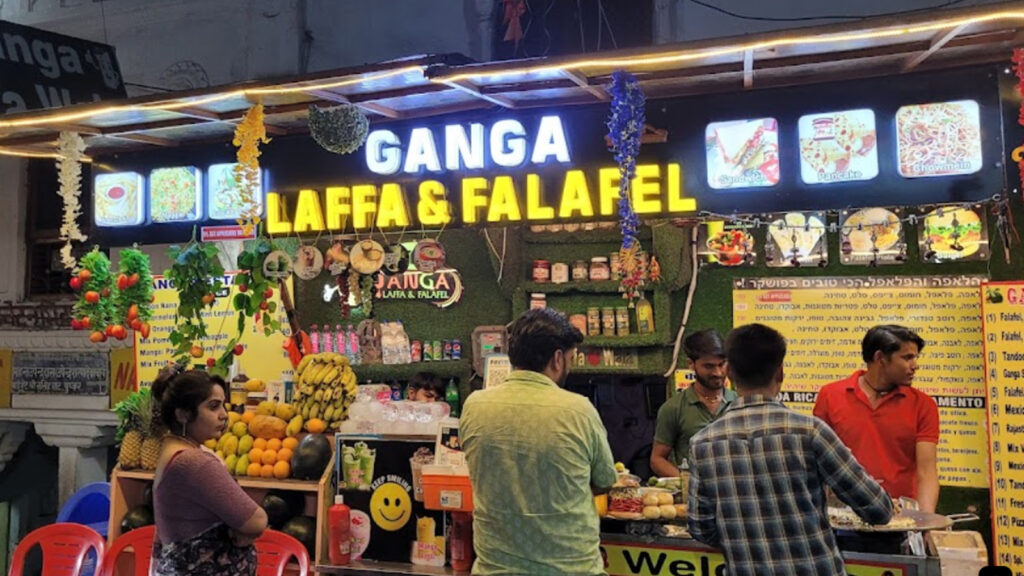
The evening belongs to the merry-making tourist, the morning to the faithful. Pushkar caters to both, giving each what they desire.
As I reflect back on my Visit to pushkar , its ghats and temples
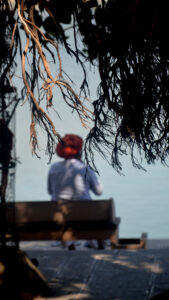
There is still much more to explore around Pushkar, such as the Desert Safari, camel rides, and the Savitri Temple, renowned for its stunning sunsets and panoramic views of the town. However, we’ll save these experiences for our next visit. For now, the richness of what Pushkar offered was more than enough for us to ponder and appreciate.
My long-overdue visit to Pushkar proved to be an experience filled with spiritual richness, cultural diversity, and a unique blend of the ancient and contemporary.
The place has these two types of worlds living simultaneously, mixing and blending. The dichotomy of the place, with its faithful and exotic visitors, creates a unique fabric.
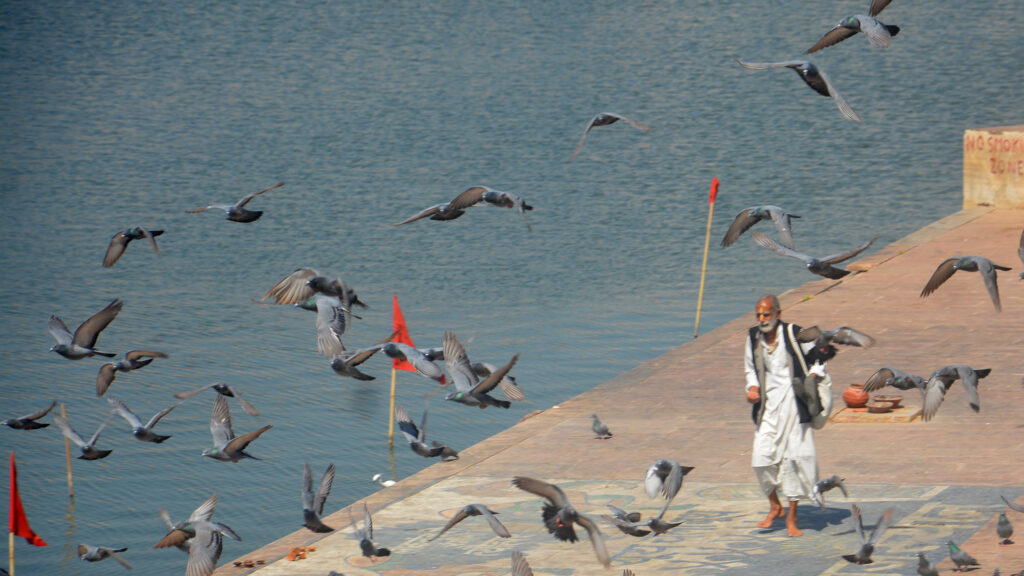
As I reflect on my journey, I realize that Pushkar, with its serene ghats and bustling markets, stands as a testament to the timeless allure of India, where tradition and modernity coexist harmoniously, offering every traveler a piece of its enchanting spirit.

